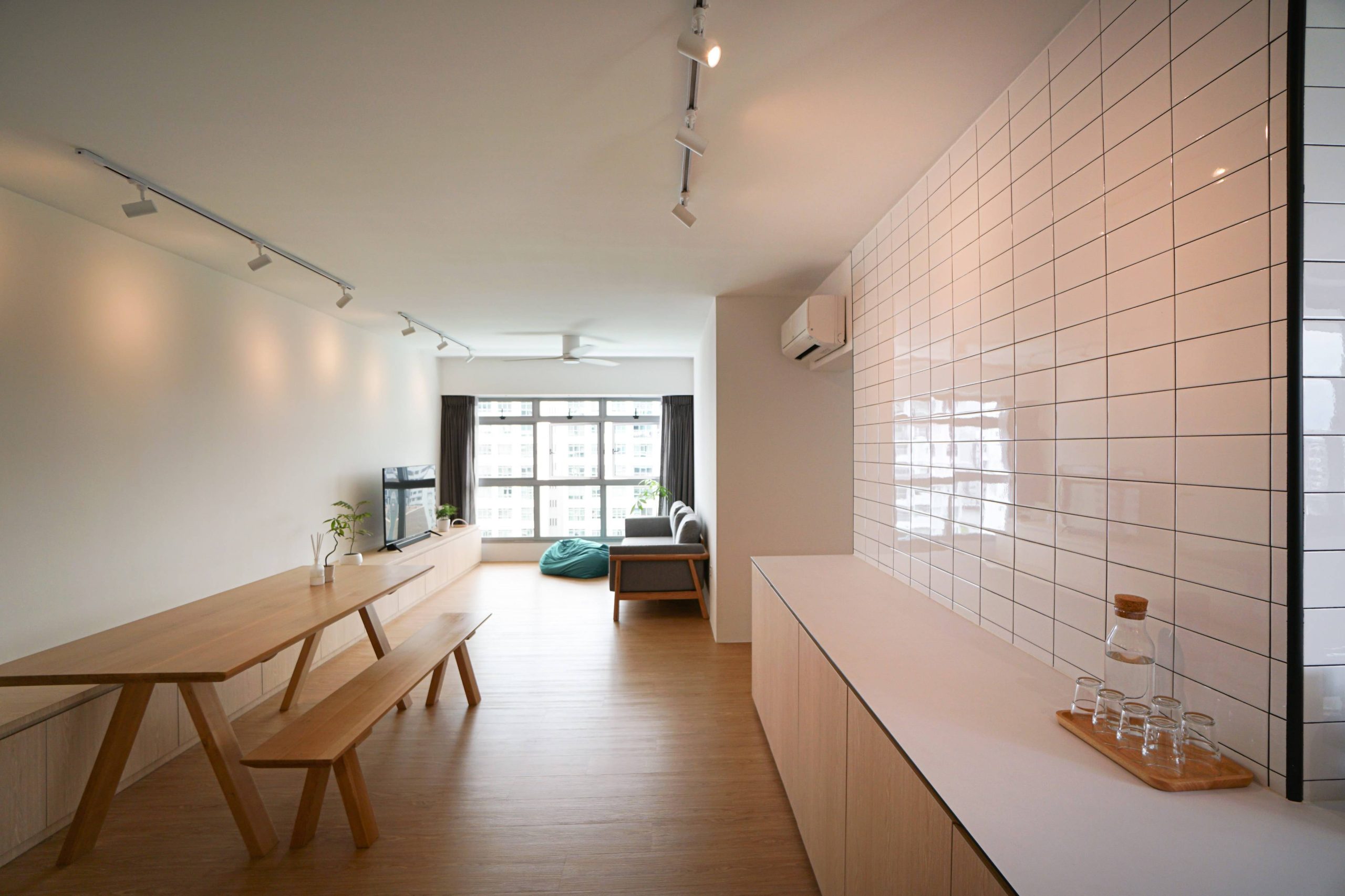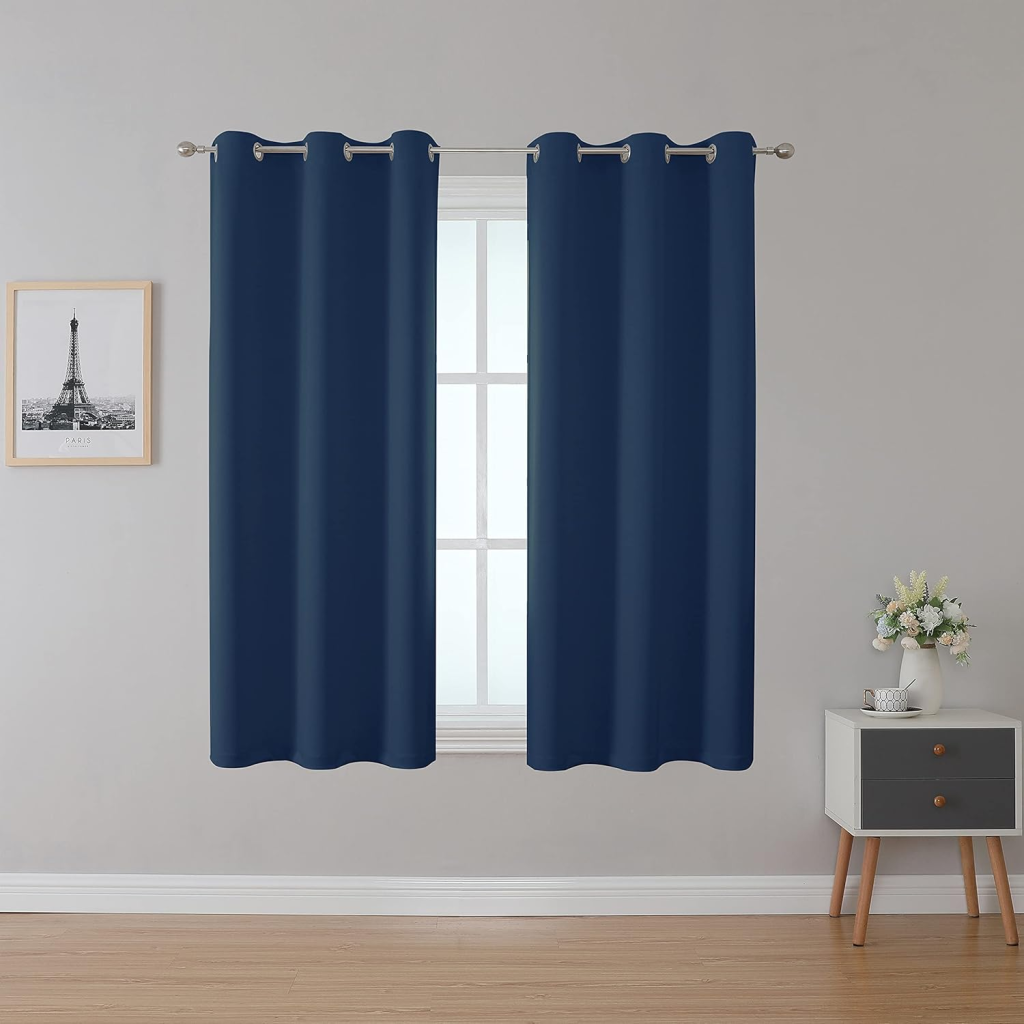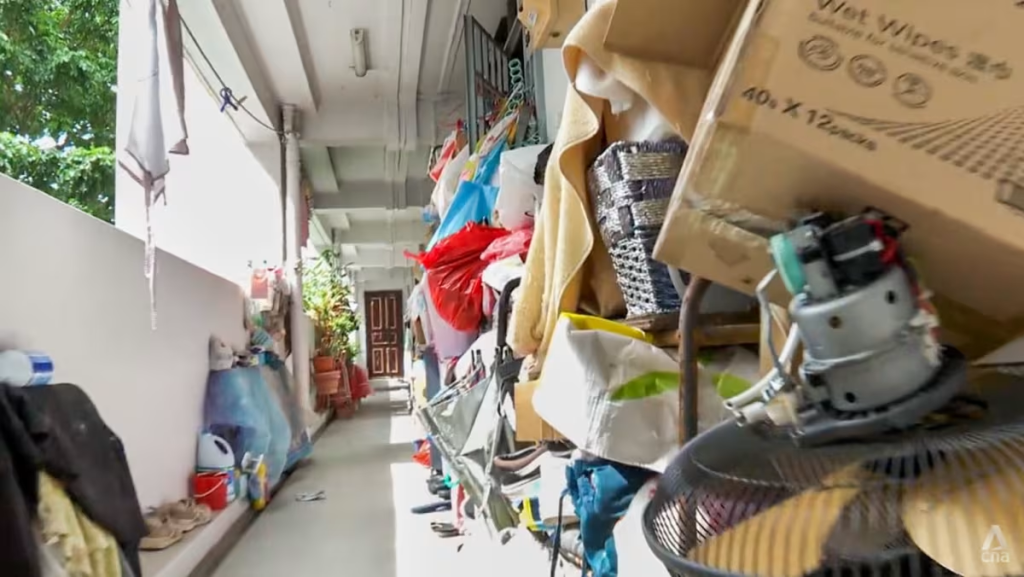
Fireproof Your Home in Singapore: Why It Matters and How to Do It
Why should you firepoof your home? Singapore’s dense housing means a kitchen blaze or electrical fault can endanger many lives in minutes. Even though residential fires have fallen over the past decade, they remain a serious risk. For example, SCDF responded to 967 fires in just the first half of 2023, many in homes. In fact, Singapore recorded about 970 residential fires in 2024 (including the infamous one in Toa Payoh late July 2025).
These incidents can spread extremely fast, so it’s vital for homeowners to be proactive. By understanding common fire triggers and installing safety measures, you can protect your family and property. In our renovation work, we always emphasize these details, smoke alarms, safe wiring, and fire-resistant materials, because small precautions now can prevent disaster later
Common Fire Hazards at Home
Home fires usually start from preventable sources. In Singapore, faulty electrical setups and kitchen accidents top the list of causes. For instance, overloaded outlets or damaged wires can spark without warning. Everyday gadgets like phone chargers, appliances or electric scooters with faulty batteries also pose risks if left plugged in too long. The kitchen is another danger zone: unattended cooking or hot oil splattering can ignite nearby towels or curtains. Even simple actions like dropping a lit cigarette or placing candles/ incense near fabrics can start a blaze. Clutter and flammable décor make matters worse – stacks of paper, dried plants or piles of cloth will fuel a fire and may block escape routes. Being aware of these common hazards is the first step: it lets you target the weak points in your home’s fire safety.
- Electrical faults: Damaged or old wiring, overloaded sockets and unattended appliances are fire magnets
- Unattended cooking: Leaving the stove or oven on when not watching can easily lead to grease or food fires
- Open flames: Candles, oil lamps, incense or burning rubbish can ignite nearby fabrics or materials if left unsupervised
- Combustible clutter: Heaps of laundry, cardboard boxes or piles of furniture fabrics can make a small spark explode into a large blaze, and even block hallways
Understanding and minimizing these hazards lets you tailor fireproofing efforts where they matter most.
Essential Fire Safety Equipment

Effective detectors and extinguishers are a home’s last line of defense. Smoke alarms should be installed on every level, especially in hallways and near bedrooms, so that even a small fire will trigger an early warning. (SCDF recommends photoelectric smoke detectors in Singapore, as they respond quickly to smoldering fires.) Test the alarms monthly and change batteries yearly. In addition to alarms, keep a home fire extinguisher (dry powder type) readily accessible, for example near the kitchen or storeroom. We advise a 2–4 kg multi-purpose extinguisher – it can handle common fires and gives you time to escape if a small blaze starts. A fire blanket or fire kit is also useful: many kits combine a blanket, extinguisher, and detector for quick response.
- Smoke detectors: Place alarms on ceilings outside each bedroom and in living areas. Test regularly, vacuum dust from the sensor monthly, and replace batteries yearly.

- Fire extinguishers: A 2–4 kg dry powder extinguisher is ideal for homes (it works on electrical, paper, wood and flammable liquids). Keep it near the kitchen or main living area, and learn how to use it (pull pin, aim low, sweep).
- Fire blanket or kit: Store a fire blanket in the kitchen to smother pan or oven fires. Many home safety kits bundle a detector, extinguisher and blanket – consider one for easy all-in-one protection.
These devices don’t prevent fires, but they can stop small fires from becoming big and give everyone critical time to exit safely.
Fireproof your home: Materials and Practices
Choosing fire-resistant materials during renovations can significantly slow a fire’s spread. For example, upgrade doors to fire-rated models if possible. HDB regulations require a fire-rated front door, and you might extend this to bedroom or kitchen doors. We always recommend fire-rated gypsum boards or cement boards for kitchen backsplashes and partition walls.
These plasterboard panels resist heat much longer than plain drywall. When shopping for curtains and upholstery, opt for fabrics that resist ignition: synthetics like wool, polyester or nylon are harder to ignite than pure cotton or silk. Even simple choices like ceramic or metal furniture instead of wood can reduce flammable fuel in a room.

- Flame-resistant décor: Use fire-retardant curtains and rugs. In Singapore, treated fabrics or synthetic blends (polyester, wool) are available and help prevent rapid fire spread. Arrange them so heat sources (lamps, windows) can’t easily ignite them.
- Fire-rated doors: If your budget allows, install fire-rated doors (or reinforce existing ones) inside the home. These special doors are designed to stay closed and withstand heat longer, slowing smoke and fire from racing through the house.
- Electrical and gas upgrades: During any renovation, fix any old wiring with new insulated cables, and swap worn-out plugs/switches. Install residual-current devices (RCDs) to prevent short-circuit fires. For gas stoves, ensure proper ventilation hoods and consider installing a flame-failure device or automatic shut-off valve.
Our interior designers can incorporate these fire proofing details, for instance, specifying certified fire-rated boards in kitchens and recommending fire-retardant paints or coatings on wooden panels. These upfront design choices cost little extra but greatly improve fire resilience.
Fire Safety Habits and Escape Planning

Preventive habits and clear plans save lives. Always stay in the kitchen when cooking and set timers to avoid forgetfulness. Never leave candles or oil burners burning overnight. Check that cigarettes, incense and sparklers are fully extinguished before throwing them away. Decluttering is also crucial: keep walkways and corridors clear so exits remain unobstructed. For HDB residents, remember that common corridors must be free of personal items by law – not only is this enforced, it also prevents fires from catching nearby objects.

Above all, plan and practice your escape. Identify two ways out of each room and a safe meeting point outside the home. In the event of a fire, get everyone out quickly – don’t waste time gathering belongings. If trapped by smoke or flames in a room, stay calm and follow SCDF advice: cover cracks under the door with a wet towel, call 995 (mention your block and floor), shout for help from a window, and do Stop, Drop & Roll if your clothes catch fire.
Remember never to use lifts during a fire, always head for the stairs. (In very tall buildings, proceed to the nearest refuge floor on the stairwell as a temporary safe haven) We encourage families to do mini fire drills: practicing once a year will make everyone confident about what to do.
Maintain and Review Regularly
Fire safety isn’t a one-time task. Periodically check and replace fire safety equipment (e.g. confirm detectors still beep). Inspect storage of paints, solvents, and other flammables – keep them in cool, shaded spots away from sun and cooking areas. Before or after any home renovation, ensure the work did not block smoke detector sensors or bury emergency keys. Lastly, consider supplementing basic coverage: HDB owners already have building-structure fire insurance, but home contents and renovation losses are not covered by that/ A good home insurance plan can reimburse you for damages to furnishings and renovation work after a fire.
Take Action Now
Fireproofing your home is an ongoing process. Start today by scheduling an electrical checkup, testing your smoke alarms, or clearing the corridor of clutter. If you’re renovating, discuss fire safety options with your contractor – for example, ask for fire-rated installations or advanced fire suppression planning. By combining smart materials, safety devices, and good habits, you greatly reduce your family’s fire risk.
Remember: awareness and preparation save lives. We are committed to these details because a truly safe home is one built with fire prevention in mind. Take each step – install detectors, practice your escape plan, keep a fire extinguisher handy, and regularly educate your household – so that you and your loved ones stay safe. In an emergency, always call 995 for SCDF assistance. By acting now and keeping these practices up to date, you’ll be leading the way in home fire safety in Singapore.
Sources: Singapore’s NFEC/SCDF fire safety guides and reports, local insurers and safety websites. These provide official tips on preventing and responding to home fires.
For other renovation related tips, check out our blog. For more specific tips on interior design, click here.
